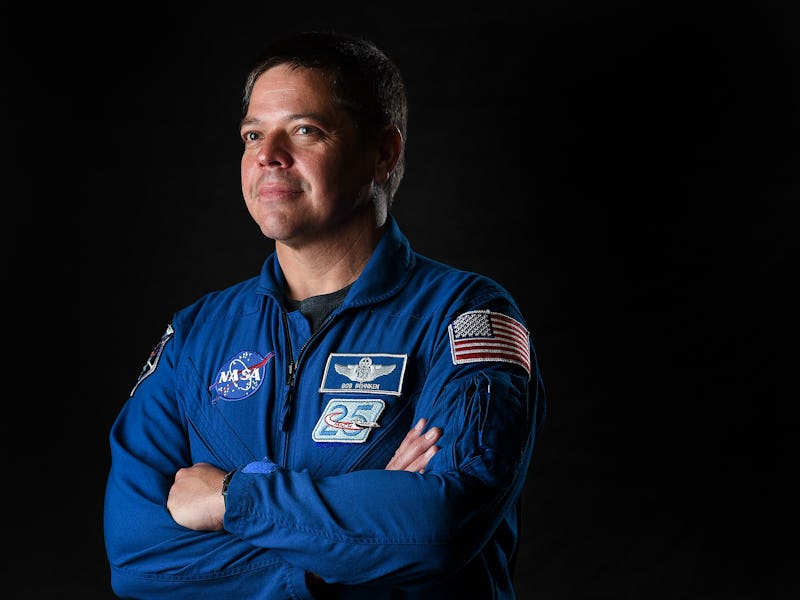SpaceX Crew Dragon: private citizens could fly after NASA astronauts
The "Demo-2" mission with NASA astronauts Bob Behnken and Doug Hurley is just the start of the story.

The SpaceX Crew Dragon is about to send humans into space for the first time, and it's just the beginning.
The company has been working with NASA as part of the Commercial Crew program, dedicated to building a way to send astronauts to and from the International Space Station. SpaceX has been working as part of the program alongside Boeing, the latter of which is developing its own CST-100 Starliner.
SpaceX's Crew Dragon capsule will send up astronauts Bob Behnken and Doug Hurley on May 27 at 4:33 p.m. Eastern time. The capsule, perched on top of a Falcon 9 rocket, will lift off from Launch Complex 39A at the Kennedy Space Center in Florida. SpaceX has already moved the rocket, complete with the capsule attached, onto the launch pad.
After lift-off, the pair will travel to the space station for an as-yet-undetermined length of time. This first test mission will demonstrate SpaceX's suitability to take on further missions. Ever since NASA's space shuttle program ended in 2011, the agency has been sending astronauts to the station from the Baikonur Cosmodrome in Kazakhstan. The agency has been renting seats on Soyuz rockets, provided by Russian agency Roscosmos, at around $80 million each. The Commercial Crew program is aimed at bringing those flights a little closer to home.
Behnken and Hurley's flight could be the start of something big. Here's what comes next.
First mission: Crew-1 – The first non-test mission is expected to take place sometime in the third quarter of 2020. Like the "Demo-2" mission, it will launch from Launch Complex 39A at the Kennedy Space Center in Florida.
In August 2018, NASA announced that this mission would send up astronauts Victor Glover and Michael Hopkins. Glover is a Navy commander and California native who will be undertaking his first spaceflight. Hopkins is a Missouri native and Air Force commander who spent 166 days at the International Space Station.
Bob Behnken (left), Doug Hurley, Michael Hopkins, and Victor Glover.
In March 2020, NASA announced two more astronauts would be joining the pair in the capsule – which should have the room, as the Crew Dragon is designed to hold seven astronauts. NASA astronaut Shannon Walker will be undertaking her second spaceflight with the mission. Soichi Noguchi, from Japan's JAXA agency, will be undertaking his third spaceflight.
At the start of May, SpaceX noted that training for Crew-1 is "well underway."
Future missions – Depending on how the "Demo-2" and "Crew-1" missions go, SpaceX could be sending up more astronauts soon. One of them is the European Space Agency's Thomas Pesquet, who in March 2020 traveled to Houston to start preparing for his trip into space. It's unclear whether Pesquet will fly on a SpaceX or Boeing capsule, but he's expecting to launch sometime in the second half of 2021.
Pesquet in training.
SpaceX could expand beyond NASA missions to send up regular citizens as well. Space Adventures outlined plans in February to send up to four private citizens into space, sometime in either 2021 or 2022. A mission from Axiom Space is also expected to send up three private citizens to the International Space Station in the second half of 2021.
These could be baby steps compared to SpaceX's future vehicles. The company is currently building the Starship, capable of sending up to 100 people into space at once. The ship is expected to be used for a trip around the moon with Japanese billionaire Yusaku Maezawa – and it could pave the way for more ambitious missions like a city on Mars.